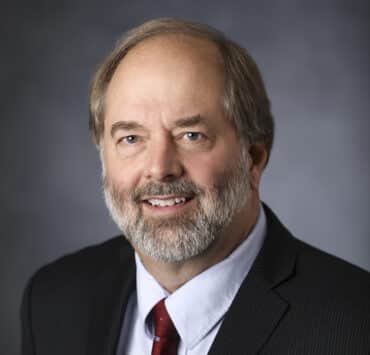|
Getting your Trinity Audio player ready...
|
A remarkable shift in American healthcare delivery over the past several decades is the reduced proportion of hospital beds relative to population. It’s not that the aging US population needs less healthcare—it’s due in part to how medicines are delivered.
Take, for example, the outpatient infusion therapies delivered from Option Care Health’s stand-alone facilities. With 2,900 clinicians working in 100-plus locations around the US, these 1,000- to 2,000-square-foot rooms provide patients with infusion therapies absent the extraneous resources of an entire hospital.
These treatment centers deliver medications such as antibiotics, parenteral and enteral nutrition support, and immune globulin therapy—primarily via IV infusion. These address the needs of patients with acute infections, primary immunodeficiency, neuromuscular disorders, Crohn’s disease, hemophilia, heart failure, muscular sclerosis, and ALS (amyotrophic lateral sclerosis), among many other health challenges.
Brian Anderson, Option Care Health’s director of real estate, facility management, and security, makes sure patients have a comfortable, clean place in which to receive their treatments. Largely located in single-story, light-industry parks or retail strips, these facilities are easy to access and secure. They also provide a welcome setting for what is sometimes an hours-long infusion process.

But that’s only half the story. Behind the walls are rooms that are designed and built at hyperstringent pharmaceutical manufacturing standards.
“We deliver advanced intravenous treatments available for a wide range of serious, acute, and chronic conditions,” Anderson says. But it’s in the spaces only seen by the staff pharmacists and supporting caregivers where an interesting form of medicine unfolds.
Most of the company’s units have “compounding pharmacies,” where medicines are customized for individual patients. These are specific formulations more suited to patients who might have allergies to mass-produced medications or to children who must receive scaled-down dosages of medicines otherwise made for adults. Sometimes, compounding pharmacies provide a medicine that is in short supply.
Pharmacists are trained and licensed to prepare these medications. But the environment in which they do so is exceptionally clean and stocked with the inventory of ingredients necessary to make the medications patients need.
“Compounding pharmacies are a bit more complicated to build,” Anderson says. “Within the heart of the facility is an ISO7 Class 10,000 Clean Room suite, which use HEPA filtration and specific environmental controls for air pressure, temperature, and humidity.” These spaces are subject to regulatory review that includes state pharmacy boards and accrediting organizations.

The real estate director details how these compounding pharmaceuticals are akin to facilities in data centers and IT rooms serving commercial enterprises. “Our clean rooms require precise environmental controls and specific procedures for safety and maintenance he says,” he says. Keeping mechanical systems redundancies, ensuring there’s backup electrical power, and maintaining strict temperature and humidity controls are essential to the operation.
Information technology and security are critically important at these facilities as well: Anderson shares that unit staff monitor conditions via connected devices. “Our latest clean room designs are simply seamless in design to eliminate any potential for microbial growth,” he says. Staff can view the environmental conditions of their clean rooms from the devices; designated people receive alerts, warnings, and so on if conditions are in danger of being compromised.
“Everything in my world—real estate, facility management, design/construction, physical security—is now incredibly data dependent,” Anderson explains. “We are deep into the world of analytics and IoT [internet of things].”
Though Anderson’s team was already set up for remote work prior to the COVID-19 pandemic, there was an initial tight supply of personal protective equipment and sanitizing products in the beginning. “When manufacturing caught up, it got easier,” he says. But it’s also part of both his management style and what’s required in medicine to deal with difficult surprises.

“My challenges are more specific to managing resources as they fluctuate, one way or another, and determining how that best aligns to the business and the strategy at hand,” Anderson notes.
Going forward, the company is more prepared after adding locations in 2020 and 2021 with the latest designs and technologies for compounding pharmacies, incorporating additional redundancies to reduce operation risk.
His stepfather, whom Anderson idolizes, was himself a facilities manager at a hospital. But a generation ago, much hospital work unfolded in a very different setting, with far less individualized medicine delivery, and in locations that weren’t nearly as convenient to patients. The real estate director is proud to work in a reality where streamlined facilities are recognized as integral parts of patient care.
As a single-source provider for security, fire, life safety and risk consulting solutions, ADT Commercial can help meet all of your needs. Our local service leaders aim to achieve your goals and develop a strong, long-lasting partnership based on success. Through every project and customer interaction, our goal is to deliver on the promise of service excellence.


